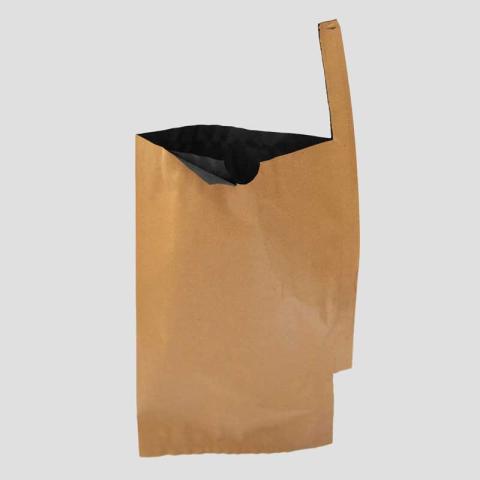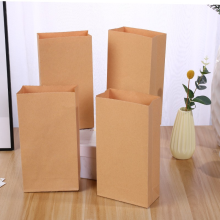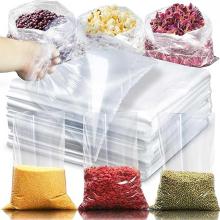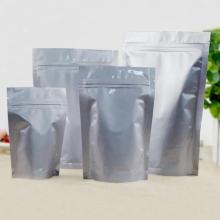
Fruit bagging (Fruit protection bag) is a modern agricultural technology, refers to the fruit growth and development process, the special bag (usually paper, plastic or non-woven bags) set in the fruit to protect the fruit from the external environment and the impact of pests and diseases. This technology is widely used in the cultivation of apples, pears, peaches, grapes, citrus and other fruits, aimed at improving fruit quality, reducing pesticide residues, and promoting green production.
Bagging technology originated at the beginning of the 20th century, and was initially a simple method to prevent birds from pecking at the fruit. With the development of agricultural technology, bagging has gradually evolved into a comprehensive fruit management tools, not only to protect the fruit, but also to improve its appearance and internal quality.
Features
- Protective effect
- Anti-pests and diseases: bagging can effectively block the pests and germs on the fruit, reduce the use of pesticides.
- Anti-mechanical damage: Reduce the physical damage of wind, rain, hail and other natural factors on the fruit.
- anti-sunburn: in the high temperature and strong light environment, the bag can avoid the fruit due to direct sunlight and sunburn phenomenon.
- Improvement of fruit quality
- Improve the appearance: After bagging, the surface of the fruit is smoother and more uniform in color, especially important for apple, pear and other fruit varieties that need high value.
- Improve the commerciality: Through bagging, the size, shape and color of the fruits are more in line with the market demand, thus increasing the economic value.
- Reduce fruit cracking: some fruits (such as grapes, cherries) are prone to fruit cracking due to excessive rain, and bagging can effectively alleviate this problem.
- Environmental protection and health
- Reduce pesticide residues: Sacking reduces the chance of direct contact between fruits and pesticides, reduces the risk of pesticide residues, and meets the requirements of green food.
- Eco-friendly: Reducing the use of chemical pesticides helps to protect the ecological environment.
- Flexibility and adaptability
- The bagging can be applied to a wide range of fruit varieties by choosing different materials and specifications according to the characteristics of different fruits.
- The bagging time is flexible and can be adjusted according to the growth stage of fruits.
Application
- Main application areas
- Apple planting: Bagging is a very common technology in apple planting, especially for red Fuji, Gala and other varieties. After bagging, the color of apple is bright, the skin is smooth, and the commerciality is higher.
- pear planting: bagging can prevent pear rust, black star disease and other diseases, while enhancing the gloss and sweetness of the fruit.
- Grape planting: bagging can prevent bird damage, fruit cracking, pests and diseases, especially suitable for wine grapes and table grapes cultivation.
- Peach cultivation: bagging can improve the color of peaches and reduce spots and cracks on the surface of the fruit.
- Citrus planting: Sleeving can reduce citrus diseases and insect pests, and at the same time improve the color of fruit skin, increase market competitiveness.
- Operation steps of bagging
- Choose the right bagging material: according to the type of fruit and growing environment, choose the right bag, such as single-layer paper bag, double-layer paper bag or non-woven bag with good air permeability.
- Bagging time: usually in the fruit diameter reaches a certain size (generally 1-2 cm) when bagging, too early or too late will affect the effect.
- Bagging method: gently set the bag on the fruit, and fixed with wire or tape to ensure that the bag is sealed but not too tight.
- Bag removal time: According to the needs of different fruits, remove the bags at a certain time before harvest so that the fruits can receive light to promote coloring and ripening.
Practical cases
- China's main apple producing areas: Shandong Yantai, Shaanxi Luochuan and other places of the fruit farmers generally use bagging technology, significantly improve the commercialization and export competitiveness of apples.
- High-end fruit industry in Japan: The bagging technology is widely used in the cultivation of “Sunshine Rose” grapes and “Fuji” apples in Japan, which ensures the high quality and selling price of the fruits.
Economic benefits
- Cost: The cost of bagging materials and labor is relatively high, but in the long run, the improvement of fruit quality and the reduction of pesticide use can bring higher returns.
- Market returns: bagged fruits are more competitive in the market, and prices are often higher than those of unbagged fruits.




